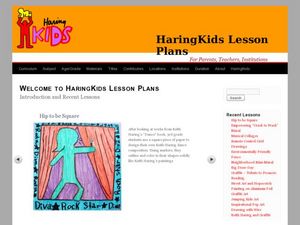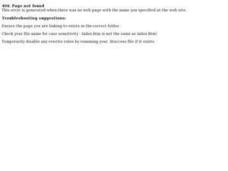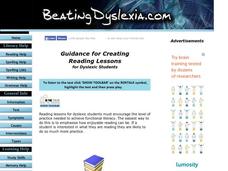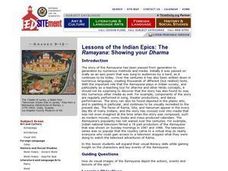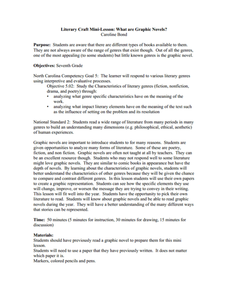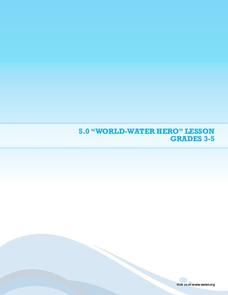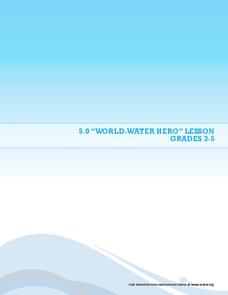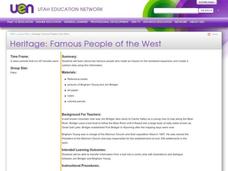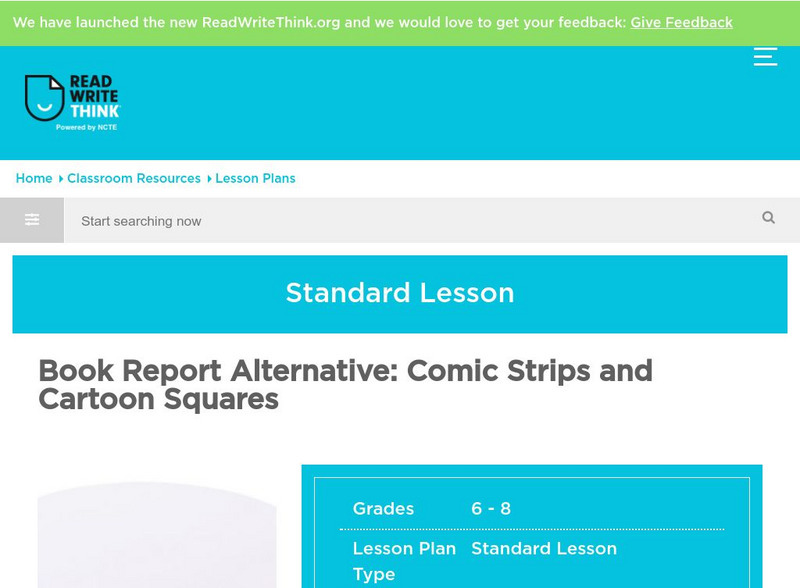Curated OER
Keith Haring Lesson Series
Second graders study Keith Haring by creating tee-shirts and a mural. In this art instructional activity, 2nd graders study the life and works of Keith Haring through his symbols. Students then make drawings reflective of Haring's style...
Curated OER
Plot Structure
Ninth graders review the parts of a plot sequence for a short story. They think of a famous Disney movie and plot the events of the movie in the correct plot sequence. They do the same for a comic strip, labeling the exposition, rising...
Curated OER
Time Train
Students are read a short book "Time Train" by Paul Fleischman. Using the text, they identify the clues to let them know the train is traveling back in time. They make a time line of the trip and make a cutout of meat-eating and...
Curated OER
Guidance for Creating Reading Lessons for Dyslexic Students
Here are a few practical tips and sound strategies you can use in writing effective reading lessons for your pupil with dyslexia. The resource provides simple guidelines and accommodations that can be incorporated into any instructional...
Curated OER
The Ramayana: Showing your Dharma
Young scholars identify characters and events from the Ramayana. They discuss ways in whcih the images convey non-verbal information and messages. They discuss similarities and differences in the visual and verbal tellings of the Ramayana.
Appalachian State University
What Are Graphic Novels?
To do this engaging and pleasurable activity, your learners should have already read a graphic novel, and produced a piece of writing that can be reproduced into the format of a graphic novel. This exercise provides a script that...
Curated OER
Note--Making
Students identify the key facts from a news story. They write their own news story from given facts identified. In addition, they present their notes and stories to the classroom. Also, they classify a variety of news articles in a...
Curated OER
World-Water Hero
Students make up a superhero. In this water quality instructional activity, students create a superhero with super powers that can improve water quality and availability.
Curated OER
Health Education: Childhood Diseases and Health Issues
Fourth graders research childhood diseases and health conditions. In this personal health lesson plan, 4th graders identify problems associated with and measures to control common childhood diseases or conditions such as asthma,...
Curated OER
Superheroes
Students, in groups, brainstorm what they know about superheroes. They examine their powers and how they became a superhero. They read handouts and answer questions to test for comprehension.
Curated OER
World-Water Hero
Students explore why clean water is essential. In this environmental activity, students identify the "powers" we need to improve the quality of water. Students share their descriptions of world-water superheroes.
Curated OER
Heritage: Famous People of the West
Fourth graders investigate the impact of Brigham Young and Jim Bridger on westward expansion. They conduct research, develop a class information chart, and create a cartoon strip depicting what happened when Jim Bridger and Brigham Young...
Curated OER
Technology Integration Lesson Plan
Eighth graders research a novel and provide a summary of the story. They relate this information to their lives and evaluate the positives and negatives of the American Revolution. Groups create a PowerPoint presentation on their findings.
Curated OER
Dictation: Violence
In this dictation worksheet about violence, students take dictation from a passage about violence.
ReadWriteThink
Read Write Think: Book Report Alternative Comic Strips and Cartoon Squares
Contains plans for two lessons that provide an alternative to the traditional book report: using comic strips and cartoon squares to respond to a written text. In addition to objectives and standards, this instructional plan contains...
ReadWriteThink
Read Write Think: Book Report Alternative: Examine Story Elements Using Comic Stri
Comic frames are traditionally used to illustrate a story in a short, concise format. In this lesson, young scholars use a six-paneled comic strip frame to create a story map, summarizing a book or story that they have read. Each panel...
